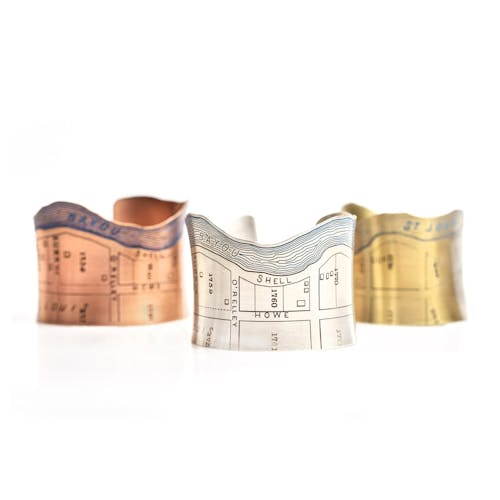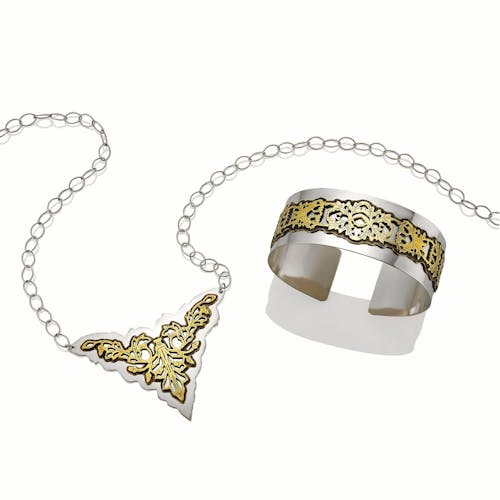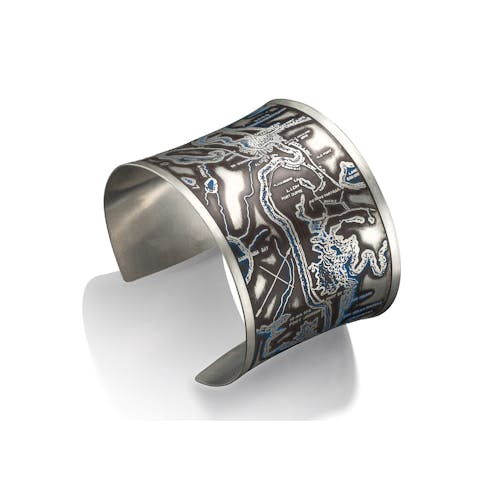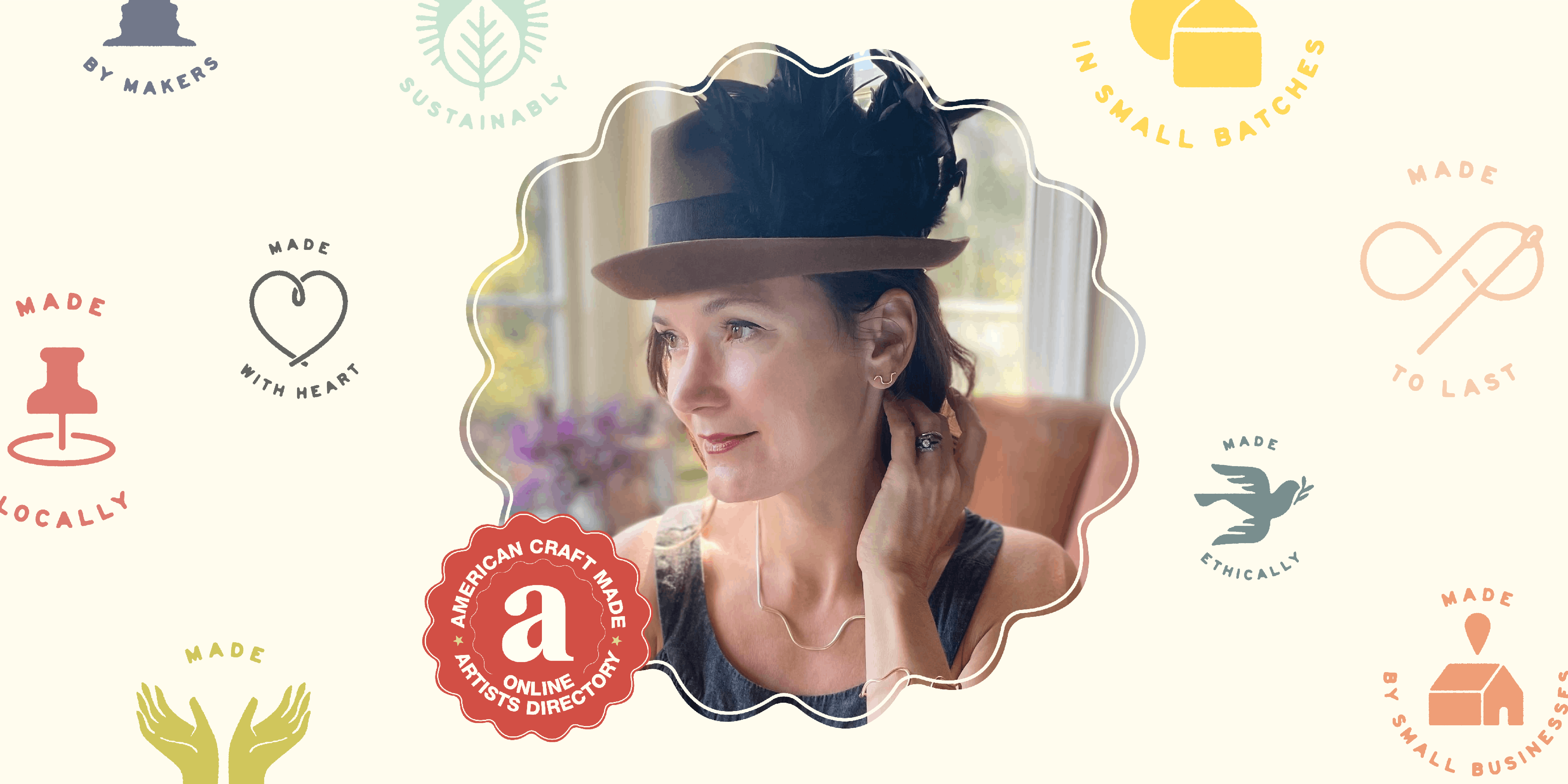Brandi Couvillion





About The Artist
Brandi Couvillion • Washington, DC
Jewelry • WHOLESALE AVAILABLE • CUSTOM COMMISSIONS
Hailing from New Orleans, Brandi is inspired by the urban environment around her, the various states of its metamorphosis and decay, and its relationship with the ever-evolving natural landscape. Her jewelry work is inspired by architectural details such as decorative wrought iron and plasterwork, as well as historic maps and imagery—some dating from as early as the 1700s culled from archives—and make permanent an ephemeral aspect of our cities’ histories. From raw sheets of metal, her work transforms into wearable archives through an intensive, handcrafted process that involves heat image transfers, various etchants, soldering, gilding, patinas and polishes, and hammer forming. The process and the final product aspire to create civic dialogue about an embedded history, and the ebbs and flows of social and physical community infrastructure. Ultimately, Brandi Couvillion's work blurs the lines between the past and the present weaving the poetics of place with the fabric of
Connect
|
Q&A with the ArtistTell us how your work is made.Couvillion approaches timeless crafts through a contemporary lens. The image transfer etching process she utilizes is a more ecologically conscious, contemporary variation of traditional etching techniques used in the original printing of the very maps she utilizes. Her sculptural jewelry captures the transitory landscapes of history: from Native American portage routes and forgotten swamplands to abandoned asylums whose architectural residue still decorates the streetscape today. From raw sheets of metal, her work transforms into wearable archives in suspension through an intensive, handcrafted process that involves heat image transfers, various etchants, soldering, gilding, patinas and polishes, and hammer forming. The process and the final product aspire to create civic dialogue about an embedded history, and the ebbs and flows of social and physical community infrastructure. |
